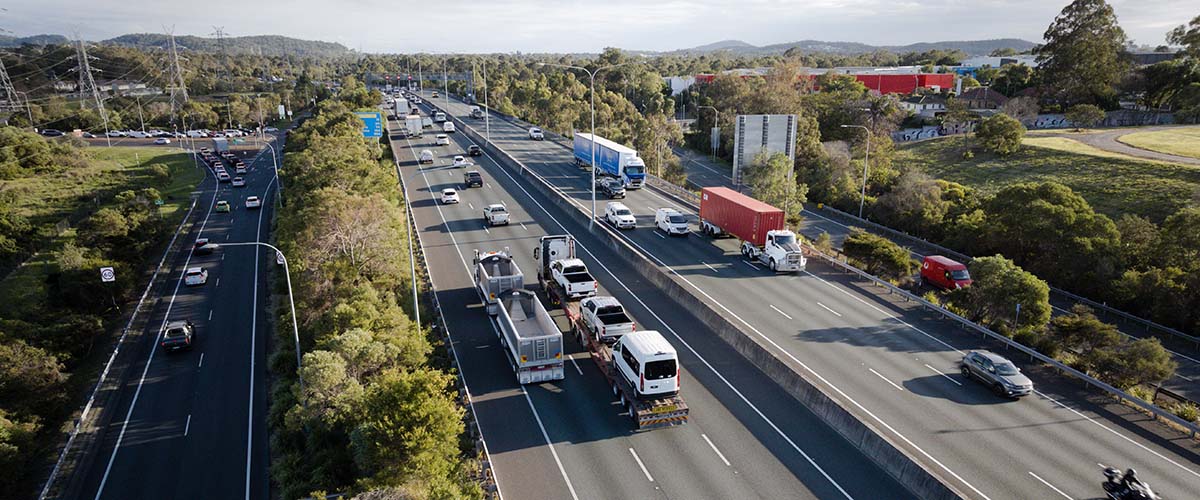If you’ve had the sense that city roads are getting busier, your senses are correct. Our latest urban mobility trends research has found city roads are in more demand than ever – and our new report looks at the factors contributing to this trend.
We’ve analysed data on population, the economy and freight growth in the cities we operate in (Brisbane, Melbourne, Sydney, Greater Washington and Montreal) to understand current and expected future traffic trends.
This new report also examines the impact our roads have on the overall transport network and potential paths forward for mitigating congestion, including new technology such as autonomous trucks.
Here’s a summary of our key findings. For all the details, download the 2024 Transurban Insights: Liveable and Productive Cities report.
- Cities expected to keep growing
By 2042, a total extra 6.2 million people are expected to live in the cities we operate in. Based on current behaviours, future city residents will likely be jumping in their cars to get where they want to go. Right now, people living in the cities we operate in depend on their private vehicles for travel. Most people (61% in Australia and 79% in North America) commute to work or study via private vehicle. - More trucks are expected on the road
A flow-on effect of strong population growth is increased road freight: more people means more demand for goods. Freight numbers have been increasing steadily for decades and this trend is unlikely to abate: growth of around 65% in Australia and 59% in the US is forecast by 2050. Increased online shopping and household consumption growth are two contributors to this trend. - City traffic is steadily increasing
City-wide travel has increased over time, growing on average between 1.5% and 2.5% in our Australian markets between 1992 and 2019. People who choose toll roads to move around cities say our roads’ travel-time savings (up to 83%), destination connectivity (up to 78%), better condition (up to 68%) and safety (up to 61%) influence their choice. City transport is not exclusively the domain of cars, and public transport numbers showing signs of recovery following the pandemic. - Electric vehicles are go
Technology advances have huge potential to reduce the environmental impacts of road transport (that now produces around 12% of global greenhouse gas emissions, mostly from the fossil fuels burned to power vehicles). Electric vehicles (EVs) are expected to reduce road transport emissions. And in Australia, EV adoption is starting to take off, with more than 8% of new car sales being electric in 2023, up from just 3.8% in 2022. US demand is also up – electric vehicle sales rose from 2.3% in 2020 to around 9% in 2023.
See our 2024 Transurban insights: liveable and productive cities report for more.

